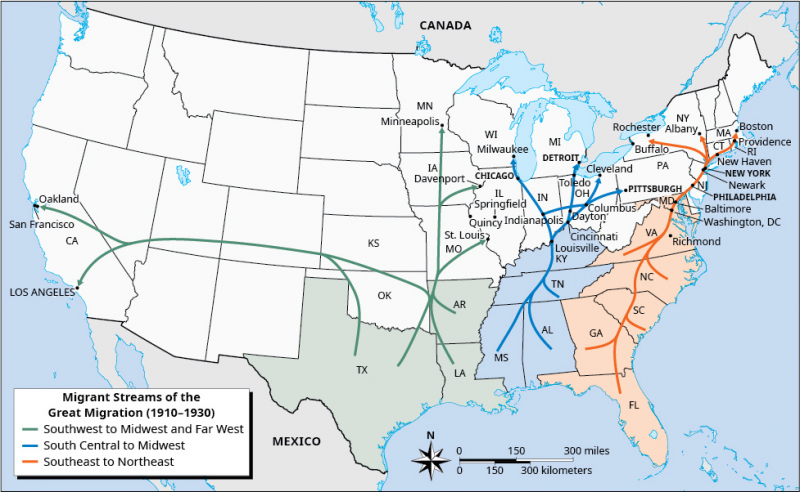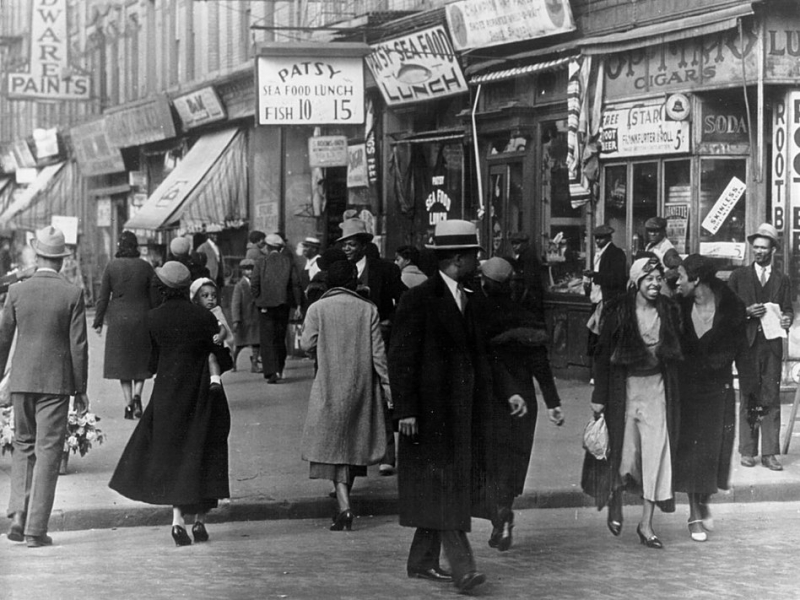The Great Migration of African Americans was a contributing factor to the Harlem Renaissance
The first one in our list of interesting facts about the Harlem Renaissance is that the Great Migration of African Americans was a contributing factor to the Harlem Renaissance. Between 1910 and 1970, the Great Migration, also known as the Great Northward Migration or the Black Migration, was the movement of six million African Americans from the rural Southern United States to the urban Northeast, Midwest, and West. It was mostly driven by terrible economic conditions for African Americans, as well as widespread racial segregation and discrimination in Southern states where Jim Crow laws were enforced. A section of the migrants was driven, in particular, by the continuation of lynchings, as African Americans sought social relief.
The historic change brought about by migration was heightened because the migrants, for the most part, relocated to the country's largest cities (New York City, Chicago, Detroit, Los Angeles, Philadelphia, Pittsburgh, Cleveland, Baltimore, and Washington, D.C.) at a time when those cities wielded significant cultural, social, political, and economic clout. As a result of housing issues, many Black inhabitants ended up establishing their own cities within large cities, supporting the development of a new urban, African American culture. The most visible example was Harlem in New York City, a historically all-white neighborhood that contained over 200,000 African Americans by the 1920s. African Americans created their own powerful communities there. The Black experience during the Great Migration became a major issue in the artistic movement known as the New Negro Movement, and later as the Harlem Renaissance, which had a huge impact on the culture of the time. The Great Migration also marked the beginning of a new age of increased political activism among African Americans, who, after being disenfranchised in the South, found a new role in public life in cities.
From 1780 to 1910, more than 90% of the African-American population lived in the American South, with the majority of the population concentrated in three Southern states: Louisiana (until around 1890), South Carolina (until the 1920s), and Mississippi (until the 1930s). By the end of the Great Migration, however, slightly more than half of the African-American population resided in the South, while slightly less than half resided in the North and West. Furthermore, the African-American community had grown heavily urbanized. Only one-fifth of African Americans in the South lived in cities in 1900. By 1960, half of African Americans in the South were living in cities, and by 1970, more than 80% of African Americans nationwide were living in cities.










